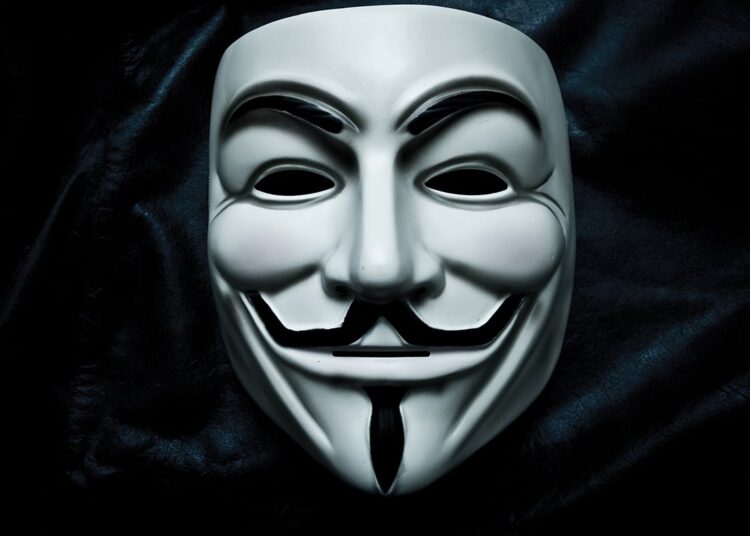For you
Be part of something bigger, join the Chartered Institute for IT.
Lisa Forte, a partner at Red Goat Cyber Security and co-founder of Respect in Security, said: “Cyber security, information security that’s what we think about, we live and breathe it. Those are the threats that we focus on. What really struck me in the last couple of weeks is we’re seeing this humanitarian crisis unfold, and these factors are relatively unimportant, in comparison to the scenes that we’re seeing.”
So why haven’t we seen a significant rise in cyber warfare? Alexi Drew, a senior defence and security analyst at Rand Europe, said: “Why use an alternative means of getting what kinetic (physical attacks) can get? Why turn off a power plant with a wiper when you can just blow up the power plant because you’re already there? Why double up the resources? If you don’t think you need it, there’s no point.”
Fake news
Deepfakes, those images where it can be hard to tell if they are real or not, are already here, said Alexi, who has specialised in disinformation: “The problem of believable faked media is here now. It is not a 2025 issue.
“Deepfake technology doesn’t have to produce high-quality imagery, video, audio or texts. It just needs to be good enough. For example, most footage we get out of conflict zones isn’t filmed on a 4k camera.” She added they are filmed in a rush on a mobile phone by amateurs: “It’s much easier to create believable fake footage on already poor-quality material that’s been around for quite some time and already used in disinformation campaigns.”
Lisa said there’s also the issue of genuine footage could be discredited: “I think the other danger that doesn’t get discussed is that it gives deniability to genuine photographs that haven’t been Photoshopped. You can cast doubt on something that’s factually correct, which is also, in my opinion, equally dangerous.”
Dan Card, a cyber security consultant at PwnDefend echoed Lisa and Alexi’s sentiments: “The information warfare aspect to this, the propaganda, the misrepresentation, the use of fake materials – laughably so with some of the stuff. There is a psychological impact. I’m talking to people all over the world, and you can see them not understanding what the truth is.”
What is truth?
The panel agreed that more education was needed to help people distinguish real from fake. Dan said: ‘It [the fake] doesn’t need to be good. It just needs to have enough people who aren’t critical thinkers, looking at it.
“The technology community, at least I can speak for areas I surf around in, naturally rips something apart. If it’s not a graph with some science, we’re pretty sceptical. But that’s so not normal.”
The session attended by 100 professionals was the first of two policy webinars on cyber security scheduled by BCS.
Read the full article here

